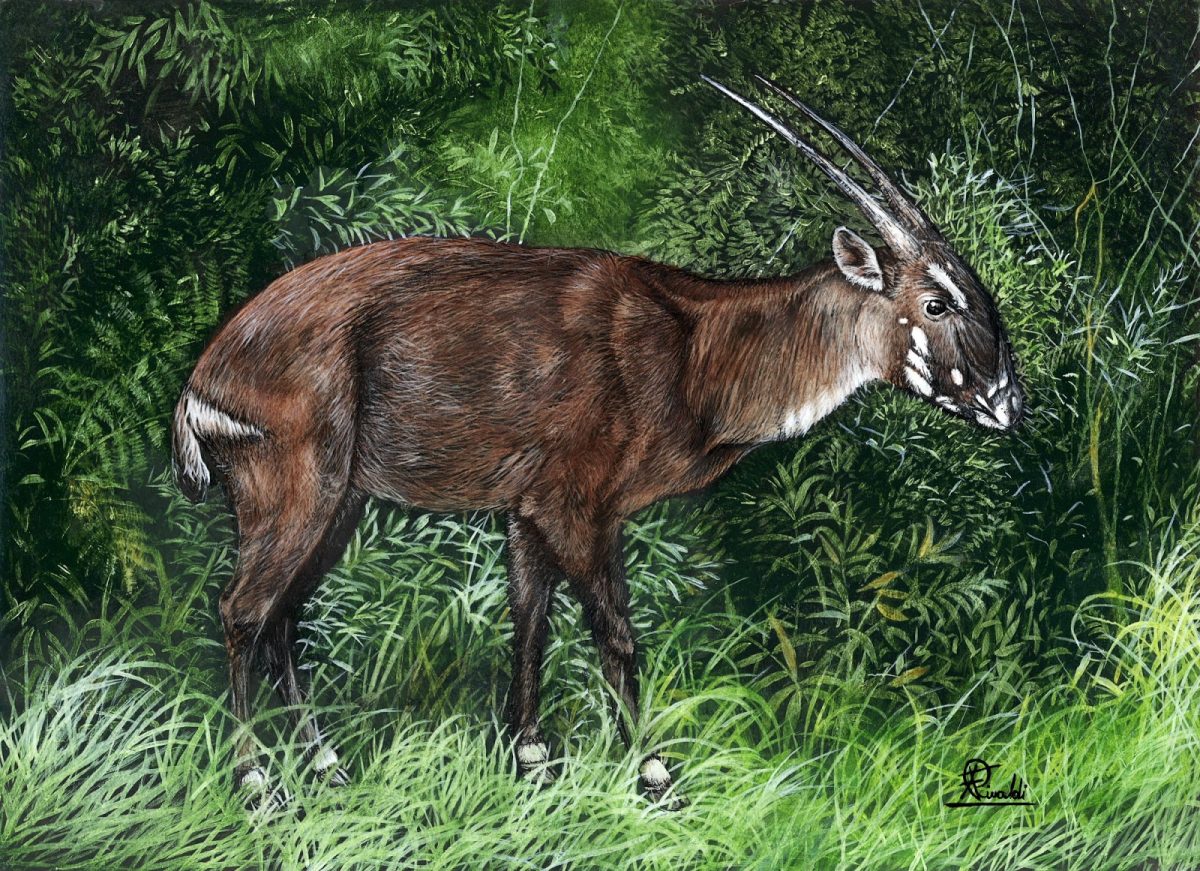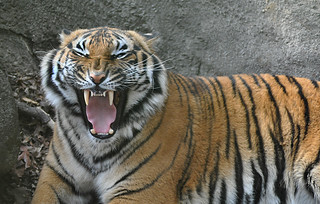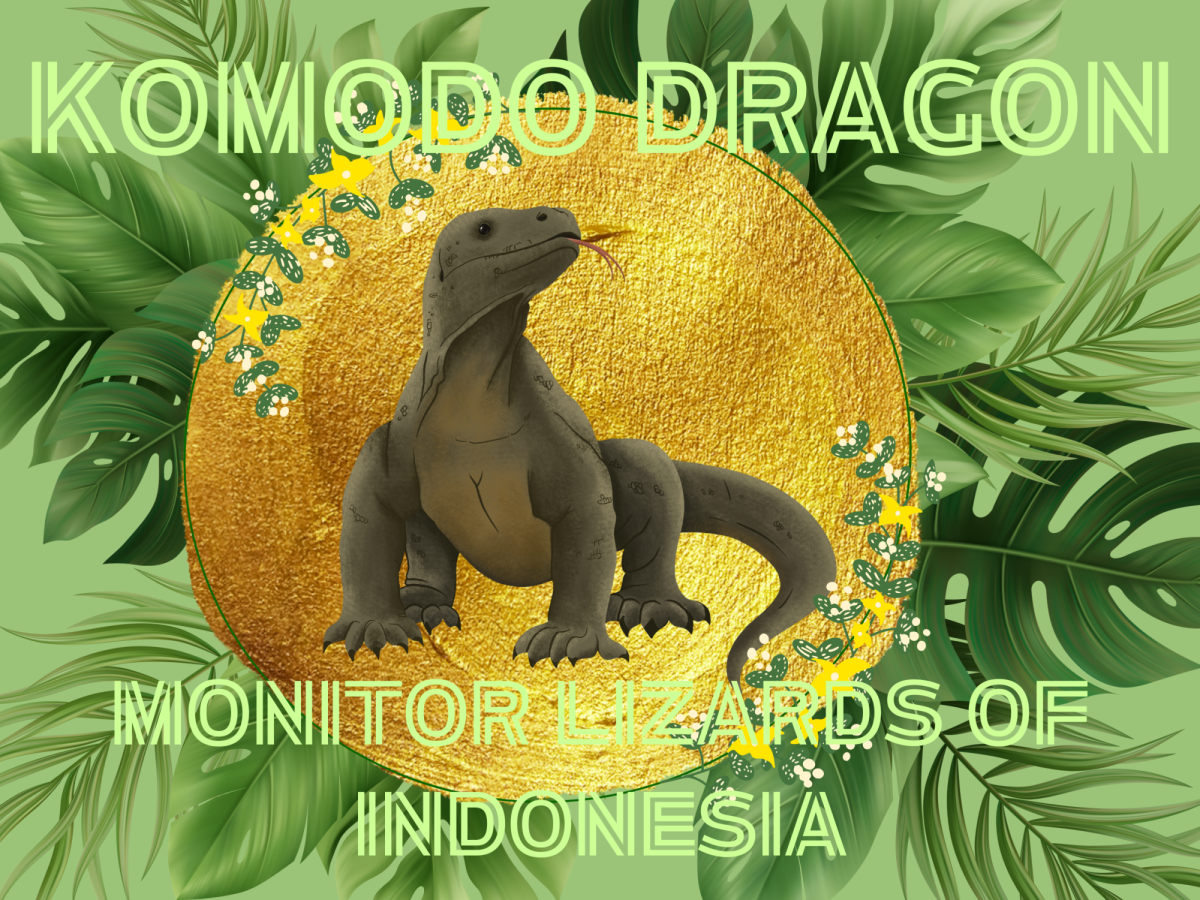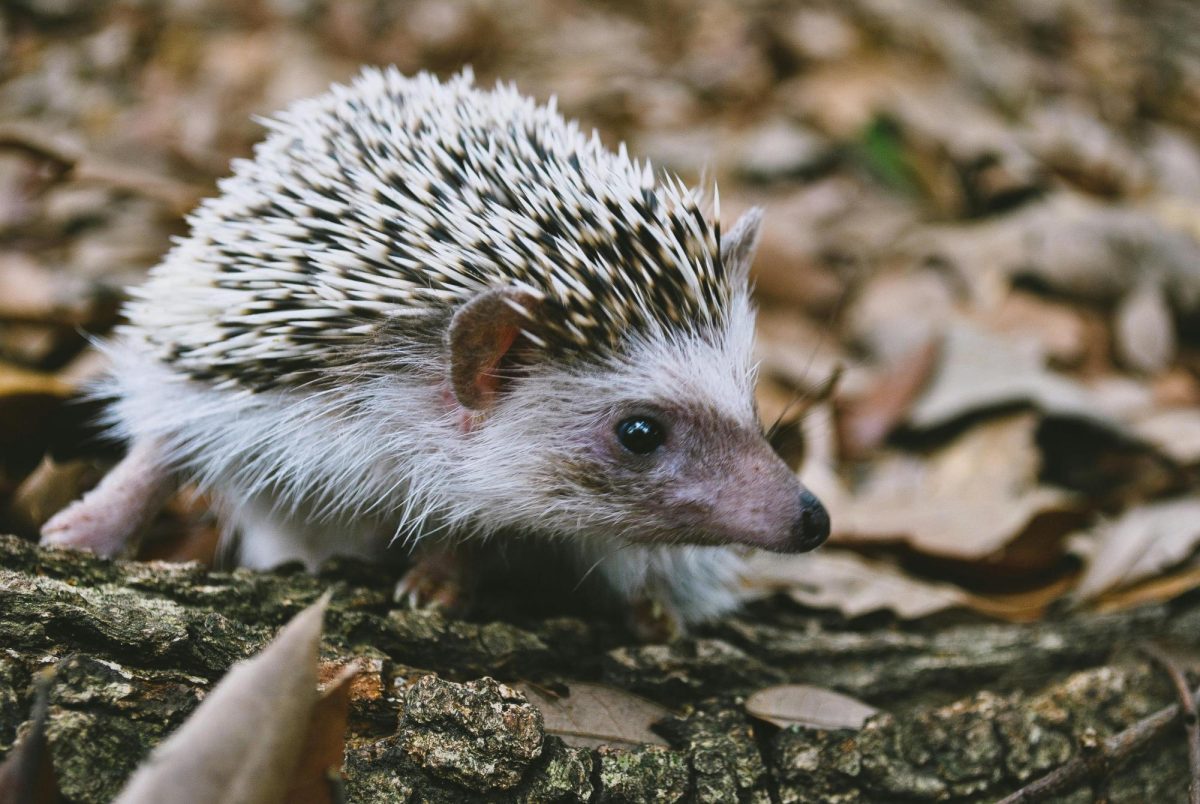This is an article about endangered animals you probably have never heard of! It has recently come to our attention that we haven’t heard about many endangered animal updates yet, but here are 3 particular ones that people don’t talk about a lot and deserve more love.
Saola (Pseudoryx nghetinhensis)
The Saola is the cousin of cattle, and was discovered to exist in 1992 within a hunter’s lodge when a group of scientists found a skull with peculiar, twisted horns that measured at 20 inches in length.
The name ‘Saola’ literally means ‘Spindle Horns’ in Lao and Tai ethnic language and are generally found in the Annamite Mountains in Vietnam, however they like to live in evergreen forests that have little to no cold season.
They are the size of a medium dog and are usually 33’ inches at the shoulder. They have estimated to have less than 750 individuals left in the wild.
Dugong (Dugong Dugon)
The Dugong is the cousin of the manatees, and the reason they are only considered cousins is because of one key difference- they have dolphin fluke-like tails. They are still called ‘Sea Cows’ like manatees, but they are actually marine animals that live in saltwater and consume sea grasses in particularly shallow and coastal spots in the ocean.
They are estimated to have about 85,000 individuals left in the wild in the Indian and western Pacific Ocean. Dugongs are found in seagrass meadows that typically occur or are found in mangrove channels, bays, inshore islands and inter-reefal waters. A Dugong may live to 70 years old and has a very slow reproduction rate.
Greater Sage-Grouse (Centrocercus urophasianus)
The Greater Sage-Grouse or GSG is a bird that mainly feeds on the material of the sagebrush, such as buds and leaves. They are found in 6 states with animal refuges on the western side of the US and in Canadian wildlands. They were originally found almost all over Canada and in 13 states in US, but due to the uprooting of sagebrushes and habitat loss they have lessened dramatically. Since the late 1960s, their population has been going down by 2.3% a year. They are estimated to have 200,000 to 500,000 members left in the wild.
The GSG (Greater Sage-Grouse) have particular mating grounds called ‘leks’ in which the males perform a splendid dance by fanning their tails into a starburst shape and changing their bodies to become almost spherical. The females create bowl shaped nests lined with leaves, soft downy feathers and small twigs. Two spots in a GSG nest are not furnished as much and are presumably for a mother bird to escape a predator.
Thank you for reading this article! Almost all of the information was found on the World Wildlife Fund website, go check it out. The photo is an illustration of a Saola.
Fun challenge- Try to guess what endangered animal is Ms. Marikis’s favorite! (Hint- its name starts with ‘J’)






Mrs. Keller — Oct 16, 2024 at 2:37 pm
Great Article!
Mr. Gray — Oct 16, 2024 at 1:46 pm
How do you pronounce Saola? Sounds like an interesting animal. Do the sage grouse live in Washington? I’ve seen a lot of grouse in eastern Washington and now I wonder if they’re GSGs.